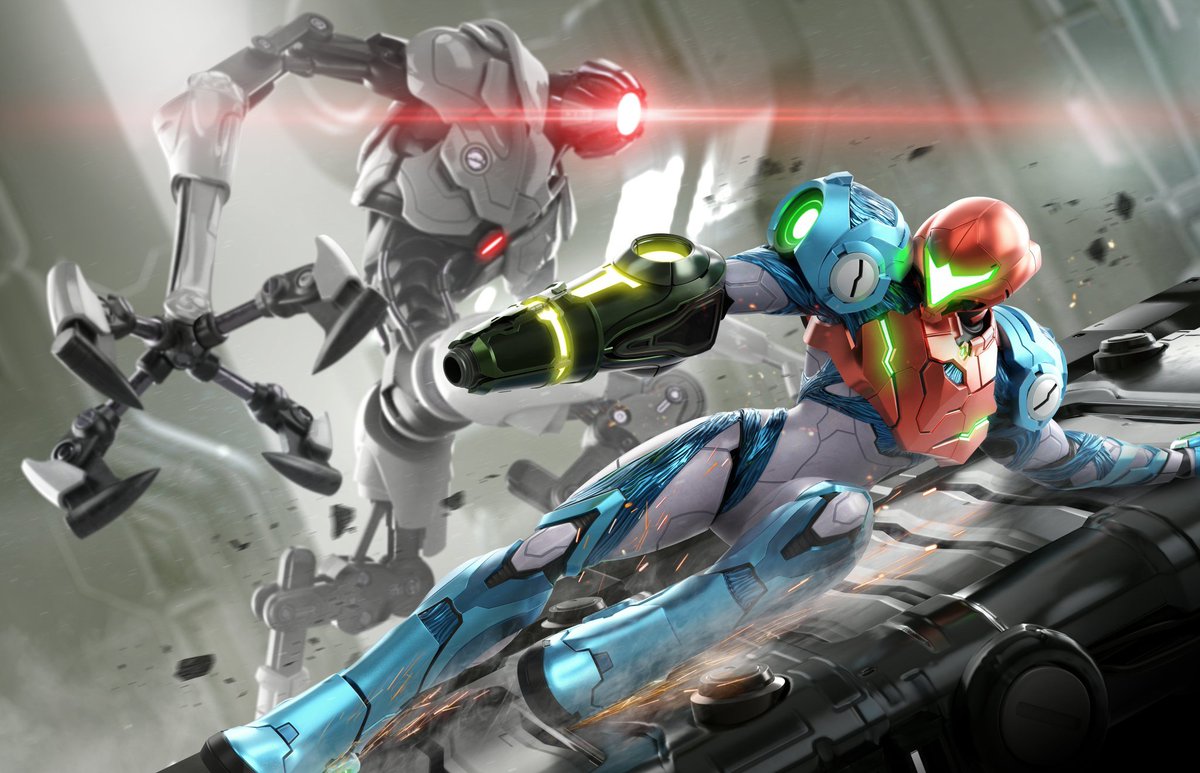
My Metroid Odyssey: An OCD Perspective
Introduction
Metroid is a series I grew up alongside, always being aware of it despite not playing the games for myself until the release of Fusion and Prime in the early 2000’s. This is the story of my experiences with 2D Metroid, the good and especially the bad over the years.
As a Nintendo kid I grew up with all of their systems from the NES to the Switch. While I never played Metroid for myself until Fusion in 2002, I heard of the series constantly. It started with the Super Game Boy and a booklet included with it discussing several major Game Boy games. It included a walkthrough of Metroid II: Return of Samus, detailing Samus Aran’s quest to exterminate the problematic species. I enjoyed reading about it, but felt at the time it was for “bigger kids” than myself.
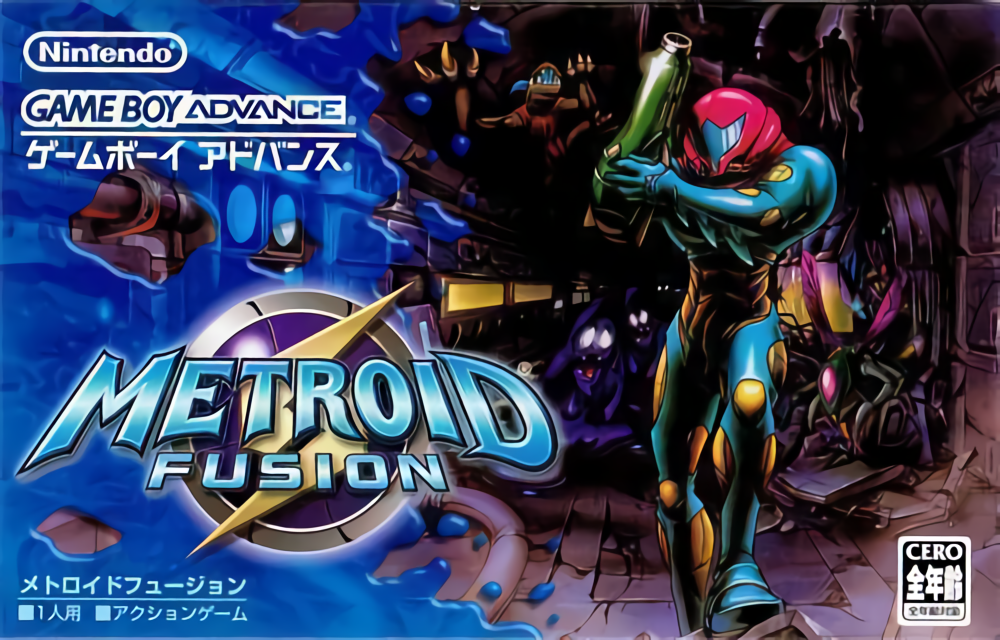
Starting at the end with Metroid Fusion
Eventually, I had myself a Game Boy Advance and had a hankering for something new. Metroid Fusion looked to be that something, and I’m very glad it was. Though I can’t recall exactly what motivated me to get the game. Perhaps it was interest in Metroid Prime? Perhaps I wanted in on this unknown segment of the Nintendo mythos? In any case, starting at the end of the current timeline didn’t hurt my enjoyment one bit.
Metroid Fusion was perhaps not the most indicative of the Metroid series overall. For one, players are much less durable compared to the other games. Enemies take big chunks of health with each hit. Vulnerability being a major theme of Fusion, it pleased me seeing that reflected in the mechanics.
Metroid Fusion’s most enchanting element to me was central to its plot, an evolution to the player character Samus. The Metroid DNA infusion given to Samus in order to fight off a deadly viral infection by the X Parasite, the deadliest being/beings in the Metroid series.
This premise plays out in the gameplay. Unlike near every action platformer in existence, most enemies don’t drop traditional power-ups. The enemies are all manifestations of the transforming X parasite. And as such all of them revert to their natural form when defeated, and players must touch them to absorb whatever power they possess. So these free floating X parasites act like power-ups that run around on their own, and if you take too long to grab them, they reform into a new creature you must destroy again.
Metroid Fusion was much more straightforward in player progression than any other entry in the series, but it also delighted in subverting expectations. While many call this a horror game today, it never felt like it at the time. Though much of the game was certainly “Horror themed”, with many moments feeling like they were directly inspired by the Alien movie franchise in particular. Fusion was among the first games I diligently played to 100% completion several times.
Closing this section on Fusion, I think the most magical part of the game was how closely the story and gameplay were intertwined. It didn’t feel like an action platformer, but like a sci fi adventure presented through the lens of an action platformer.
I’m consciously leaving out Metroid Prime, as it’s a great game spinoff series that warrants its own article soon enough.
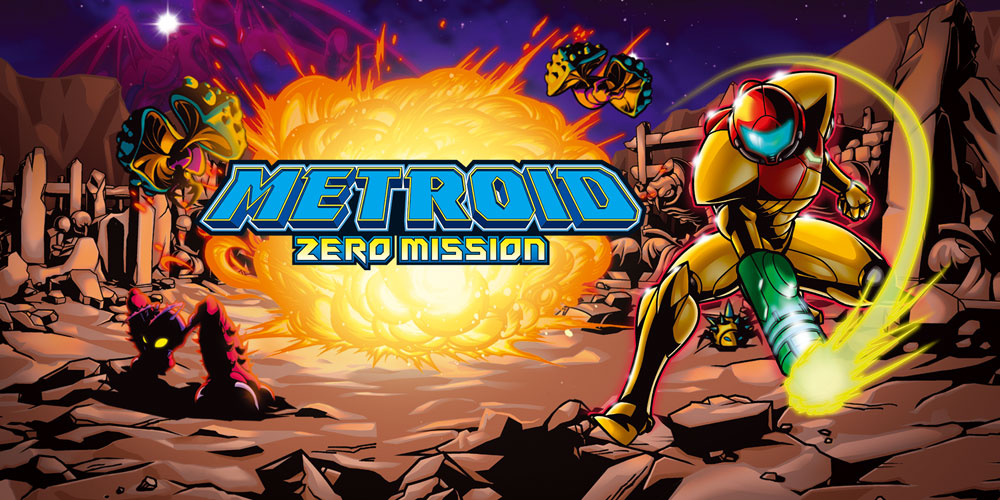
Fresh and speedy starts with Metroid: Zero Mission
Of course, beginning with Fusion had me hungering for more games like it, and since I had no means of playing Super Metroid at the time, I leaped on Metroid: Zero Mission, which was released soon after.
Breezy. I borrowed a copy of Zero Mission, but even considering that I remember completing it in a hurry. Zero Mission was fast and honestly a little forgettable. Compared to Fusion, it felt like cotton candy.
I enjoyed every minute, but it wasn’t substantial. The end-game had an interesting addition to the lore involving a battle against a mechanical Ridley and that really bugged me. It felt superfluous and absurd. I of course still played till I got 100%, but because I felt compelled to do so more than anything else.
That feeling of compulsion, it is overwhelming and leads me to a lot of lost time. OCD is a real problem of mine, and sometimes can feel like some games prey on my disorder. Creating a toxic relationship I want to avert whenever I can. Metroid is a great series, and sometimes it hurts even while I enjoy it. This has happened with every Metroid game on some level, but only with Zero Mission and to a lesser extent AM2R has it been prominent enough to make me feel like I had formed a toxic relation with the game. I will come back to this.
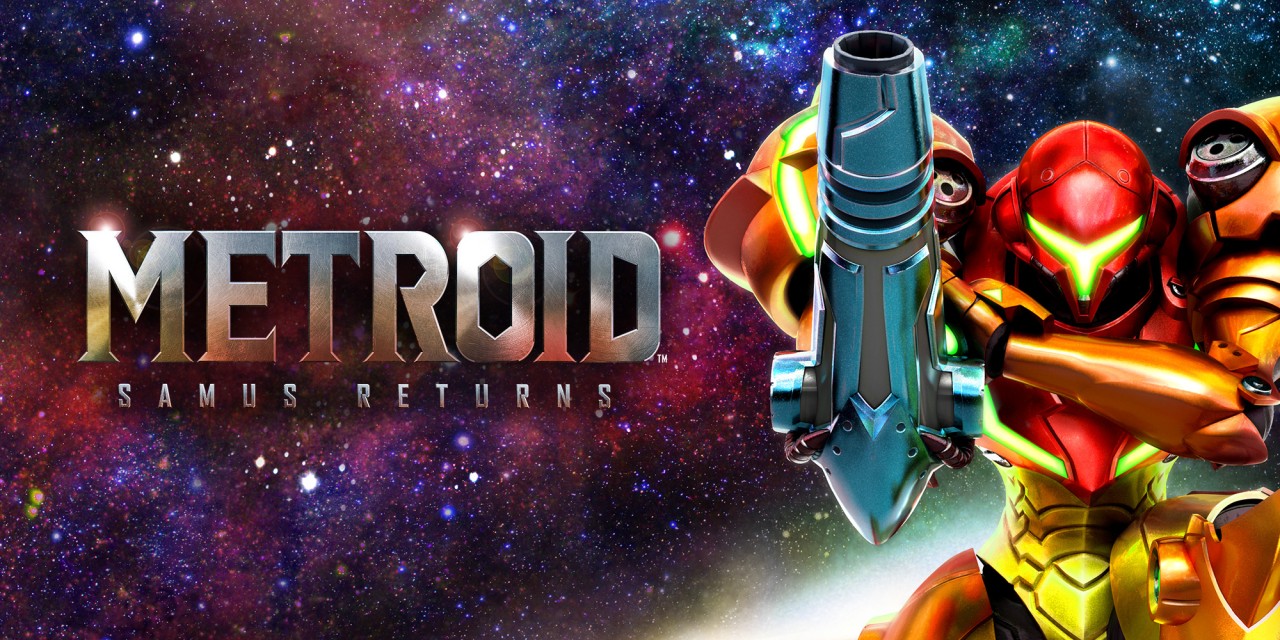
Innovation from a new developer with Samus Returns
The next entry in the series to capture my fancy was Samus Returns on the 3DS. I even splurged and purchased the Metroid amiibo figurine used to unlock the “Fusion Mode” which served as a sort of ultra hard game mode. This one… ohhh, this one was nearly perfect. My only real criticism being the limited enemy variety.
Samus Returns uses a much more action focused style of play than other Metroid games, as seems to be the style of the developers at MercurySteam. While Samus Returns is a remake of Metroid II on the Game Boy, the developer originally wanted to remake Metroid Fusion. I gotta say I like their tastes.
Anyway, among the additions made to the Metroid gameplay formula was a sort of active radar ping ability. This ability would map out an area and hopefully find the way forward or get a guiding hint on where to look for the next secret. This. The radar is by far my favorite feature of the game, primarily because it protected me from my own self.
See, while nothing extrinsic demanded I get 100% completion in Samus Returns, my ego very much did. And I would be damned before I’d look up a hint. Sooo I spent a lot of time getting familiar with that radar. And over time, I realized that it kept me on track with finding everything in a way that felt like it was my own doing. Like it was me making use of a tool rather than a hint system. I ended up getting 100% completion on both Hard and Fusion game modes.
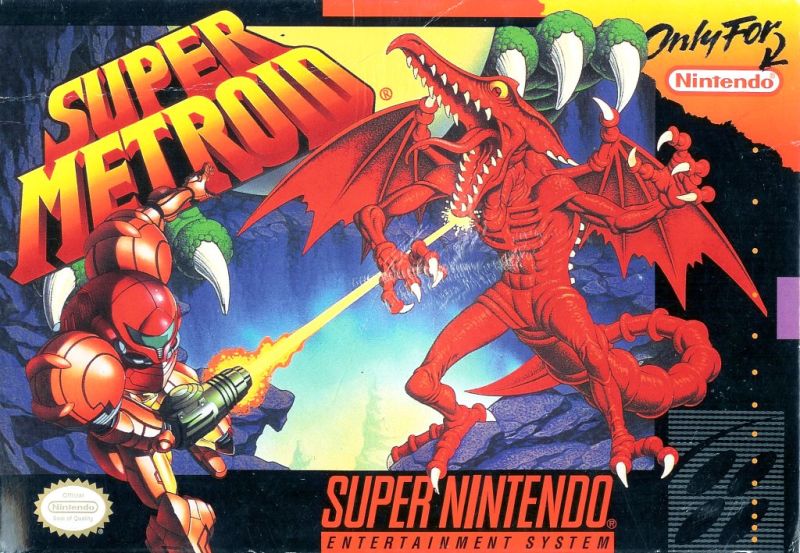
The Unchallenged classic – Super Metroid
This brought me to Super Metroid on my SNES Classic, a game I’d tinkered with off and on but had never properly played through. Despite hearing its praises for most of my lifetime, I think I was actually intimidated by its legacy.
Super Metroid let Samus tank the most hits of any game in the series. It was one major complaint holding back a great game for me. Exploration and movement feel great, but it requires some practice before anything feels smooth. Combat in Super Metroid has a great feel to it when I’m not being an idiot and just shooting at an enemy while ignoring hits to myself. You’ll get stuck in this game, but not for long if you keep an eye open and look at the map routinely. While I still prefer Metroid Fusion, Super Metroid was a wonderful experience that I just wish was a bit harder.
Super Metroid had one gloriously anachronistic feature that I stumbled upon, a scanner for locating fake walls and destructible blocks. An honest to God quality of life feature in a Super Nintendo game. I was shocked and pleased and spammed the scanner till the end of the game.
Surprisingly, Super Metroid let me just finish the game without going back for 100% completion. Probably because at a certain point, the game locks a player into the final section of the game. Requiring a new save file if they want to try again for 100%. While at first this sounds stupid, and I frown on it in most games, I think this one feature saved me from the boredom of going back through the game searching for every last object with the scan visor. Maybe it wasn’t how it should have been handled, but I think I enjoyed the game more in the end because I couldn’t easily reload my save and obsessively search for the remaining 20% of items.
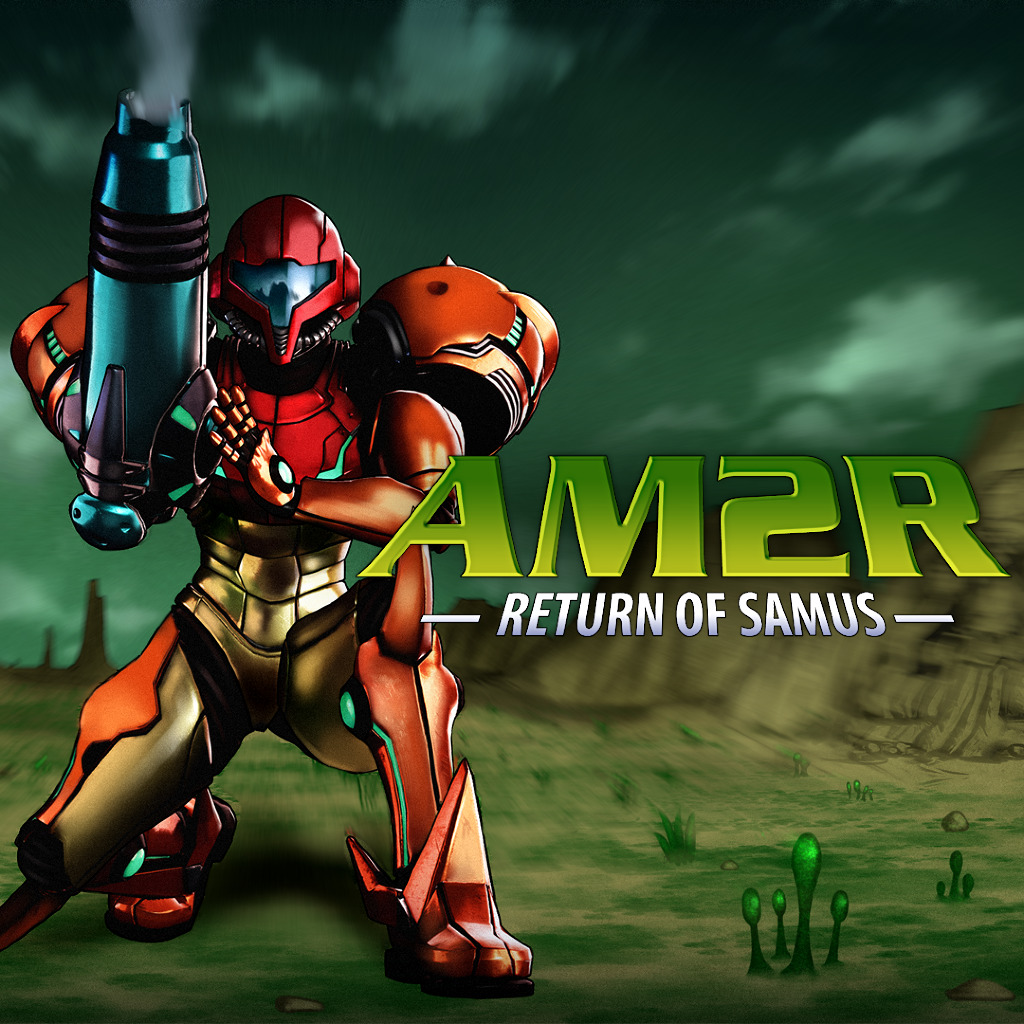
A triumph for fans, but frustrating for me – AM2R
At this point I had run out of 2D Metroid games apart from those on the Game Boy and NES. So I decided to give AM2R a go once I discovered it too had an unlockable Fusion styled game mode. AM2R stands for “Another Metroid 2 Remake” and isn’t actually an official Metroid game but rather a very polished fan game remaking Metroid 2 on the Game Boy.
While halfway through this game on Hard, I read somewhere that ‘Fusion’ mode could only be unlocked by beating the game in a few hours. Sooo I did. And after finishing the game quite fast I discovered I instead needed to clear the game with 100% completion. And here is where I missed the radar from Samus Returns, the official remake of Metroid II by Spanish developer MercurySteam. While most items were found in the course of normal gameplay, nothing in particular helped with the process of finding them. What motivated me to finally play AM2R was hearing of a ‘Fusion’ game mode. And so I played the game long enough to clear it a few times over, all just to collect everything to play the game the way I’d intended to play the game from the very beginning. Definitely not ideal.
Here is where that resentment I mentioned from Metroid: Zero Mission comes back into play. While I loved Fusion mode and have no complaints about it in AM2R, I really got angry at this game over how items were hidden without sufficient means in-game aiding the finding of them. After 4 hours of wandering aimlessly double and triple checking every single room, I Googled the last 3 or 4 item locations. This is mild compared to the compulsive searches of other games in the past, but only because I recognized that I was being unhealthy with my obsession. If I hadn’t been actively checking on myself, I’d have surely wasted more than a dozen hours on searching.
And here’s where the kicker is, I loved every minute of playing AM2R‘s Fusion mode. But was it worth it? I don’t know. I do know the experience was tainted with frustration, with spending hours playing a game I was very much done with. And not even done permanently, I could have come back to it later with a clear head if I was almost anybody else. But I wasn’t anyone else. I was me.
Not everyone faces this odd trap. I love the Metroid series and its gameplay is the best kind of addictive. But, as with many things, its greatest problem stems from the greatest strength. Sometimes, and I can’t say exactly how or when, but sometimes games like Metroid get a fierce grip on my psyche and my compulsive behaviors will force me to keep going long after I’ve had my fill of the experience. I’ll skip meals, baths, procrastinate appointments, put everything on hold to reach whatever milestone my whacky noggin has decided to be what will set me free.
This doesn’t have to happen. Gamers can be more self aware and get help when they are stuck. But that can be frightfully hard for certain subsets of the population like myself, that struggle with a crippling sort of OCD.
As developers, I urge everyone to look at quality of life improvements with regards to aiding players seeking to complete their favorite games. The radar from Samus Return’s is a shining example of one way forward. Not having a designated hint system, but rather an exploratory tool the player may actively employ to help search for anomalies and hidden passages. There are merits to level design decisions like cutting off players from backtracking, even if conventional design theory may disagree. It can actually help people like myself to put the game down after the credits roll.
This article was hard, largely because I love these games and games like them. And I plan to keep playing them for the rest of my life. So I really hope some game developers read this and take my words to heart. Don’t call it a hint system or easy option, but certainly do include an in-game tool of some sort for assisting players with finding the last few items in your game.
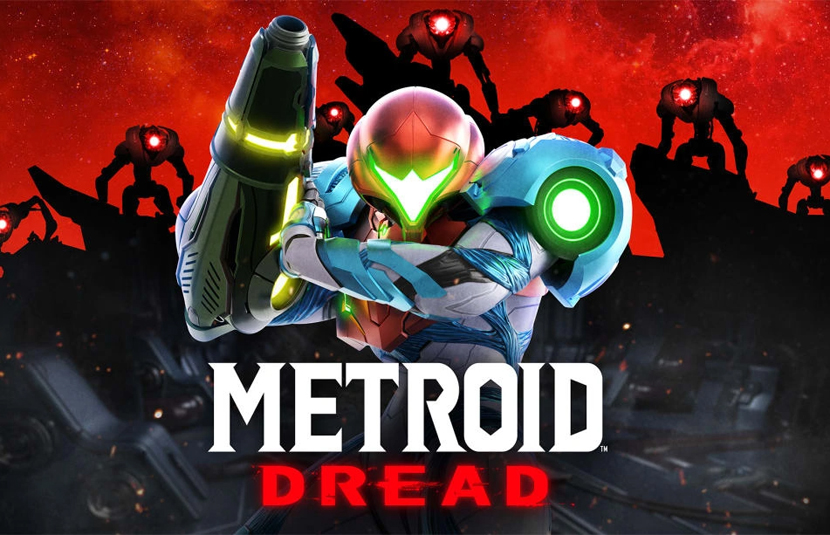
Epilogue/Metroid Dread Impressions
So after very little deliberation, I bought a copy of Dread on Nintendo Switch. Because of course I did. And what struck me the most about it was a sort of dual identity.
For the first half of the game, Metroid Dread is very much ‘Metroid 5‘. It looks and plays like Super Metroid adapted to the Nintendo Switch. But after a certain point about halfway through the experience, Metroid Dread reveals its true colors as ‘Metroid Fusion 2‘. Debatedly, there is even a third identity present all throughout as a sequel to Mercury Steam’s take on Metroid 2, and I can certainly see the case for that.
But what does this all mean? Well, I was gleefully spamming Dread’s new take on the Aeon Radar ability from Samus Returns. Mercury Steam wants a player to find everything, even if they have to search a while first. And so they provide powerful tools for locating secrets and marking locations for further investigation such as the aforementioned radar and the most detailed map system in the series to date.
Each section includes a simple percentage of items found within each section in the game, and I just adore this approach to completion. Mercury Steam assists players without making them ask for it, and whenever possible they do so without a hint of condescension. I’ve completed Metroid Dread with enthusiasm. While initially there are paired colored teleporters for fast travel across sections, during the final segment of the game they all become inexplicably linked with each other, greatly aiding the “Cleanup” phase for completionists.
While getting everything wasn’t easy, I at last managed 100% completion on Hard difficulty. And consequently defeated the very challenging final boss of the game without a single lost life. While Dread is initially hard, it only remains so until you pick up what lessons it is teaching you. As such, beating the game on Hard was actually easier overall than the first time through. I really hope that the next 2D Metroid games follow the example of what things Dread does right.
…
And that the time spent loading transitions between sections can be halved, quartered, or eliminated altogether. Dread really seems intent on bouncing the player around between sections and it drives me nuts. It’s a sour note in an otherwise exemplary game with phenomenal pacing.
